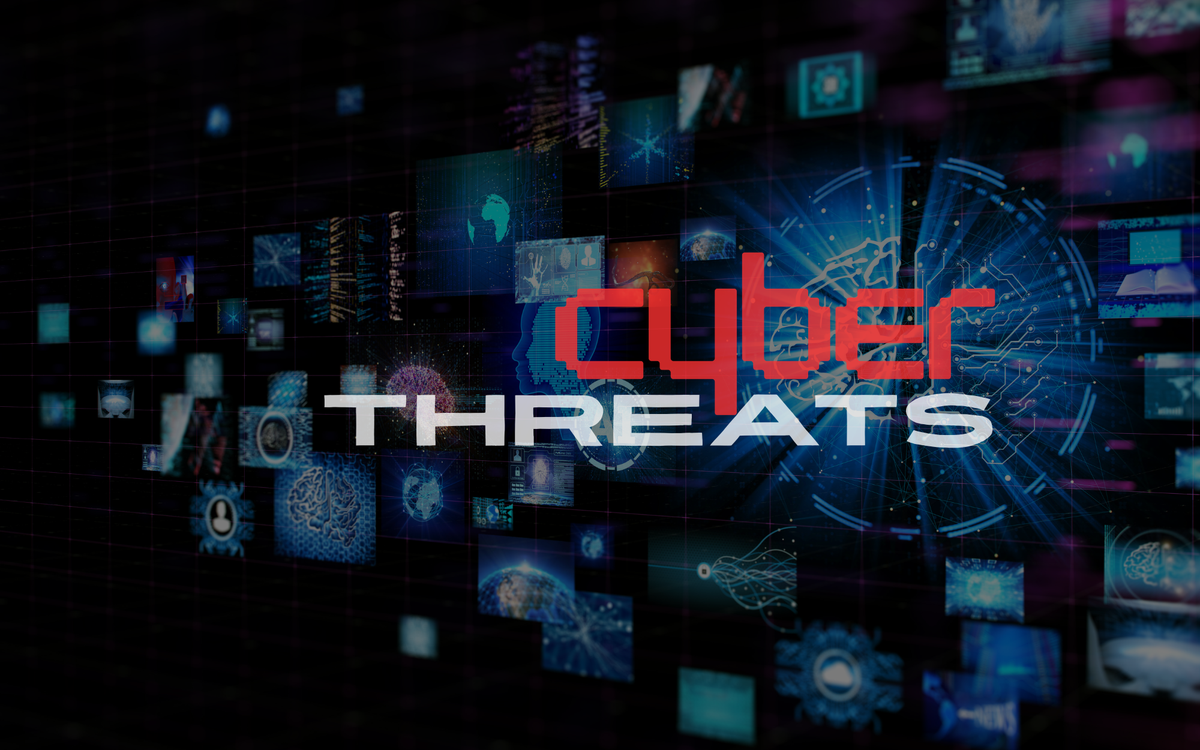The Rise of AI-Powered Phishing Attacks: How to Stay Ahead
Phishing attacks are evolving—powered by artificial intelligence that crafts hyper-realistic messages and automates large-scale social engineering campaigns. This post explores the mechanics behind AI-driven phishing and outlines effective defenses organizations can deploy in 2025.

What is AI-Powered Phishing?
AI-powered phishing leverages machine learning models to generate personalized, context-aware messages that mimic trusted contacts or brands. Unlike traditional phishing that relies on generic templates, AI-generated phishing emails can adapt language style, tone, and content dynamically, increasing their success rate.
Why It’s a Growing Threat
- Scale & Speed: AI tools automate crafting and sending millions of tailored phishing attempts in minutes.
- Deepfake Integration: Combining AI-generated voice or video deepfakes with phishing increases social engineering efficacy.
- Bypassing Filters: AI can test and adjust messages to evade spam and security filters in real time.
Defense Strategies for 2025
- User Awareness & Training: Regular simulated phishing campaigns with AI-driven content help users recognize evolving threats.
- Advanced Email Security: Deploy AI-enhanced email gateways that analyze linguistic and behavioral signals.
- Multi-Factor Authentication (MFA): Even if credentials are compromised, MFA limits account takeover risks.
- Threat Intelligence Sharing: Participate in industry sharing groups to stay informed about new AI phishing tactics.
- Incident Response Preparedness: Establish rapid response processes to contain and remediate phishing incidents swiftly.
ThreatGrid Takeaways
- AI accelerates phishing sophistication, making defense a continuous battle.
- Human vigilance combined with AI-augmented security tools provides the best protection.
- Investing in training and adaptive email security pays dividends in reducing phishing impact.



